[유럽지역경제론] FTA(Free Trade Area, 영문)
 등록일 / 수정일
등록일 / 수정일 페이지 / 형식
페이지 / 형식 자료평가
자료평가 구매가격
구매가격
- 2009.05.08 / 2019.12.24
- 22페이지 /
 hwp (아래아한글2002)
hwp (아래아한글2002) - 평가한 분이 없습니다. (구매금액의 3%지급)
- 1,800원
최대 20페이지까지 미리보기 서비스를 제공합니다.
자료평가하면 구매금액의 3%지급!
 1
1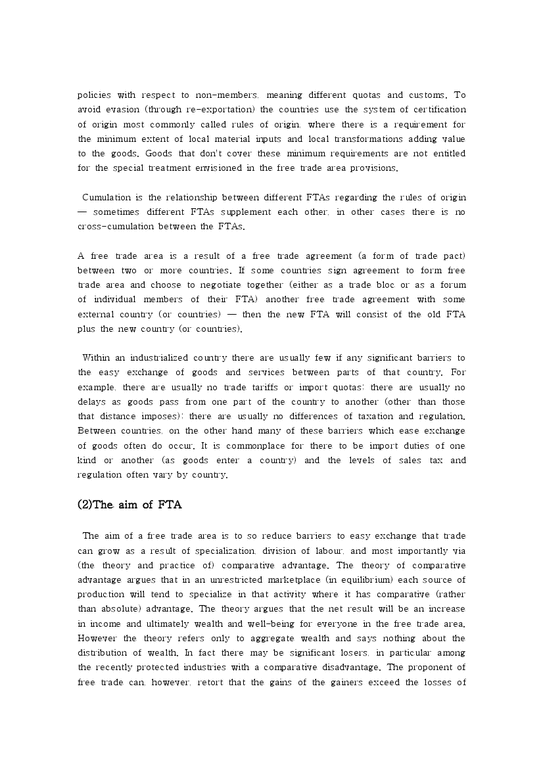 2
2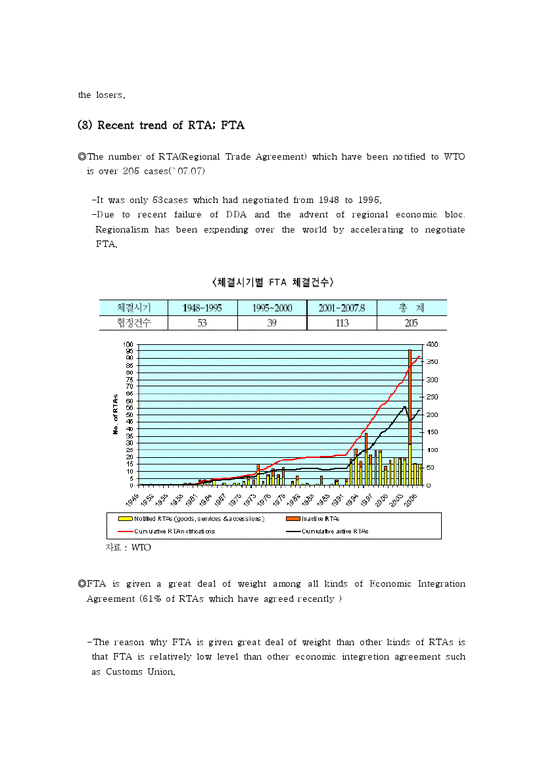 3
3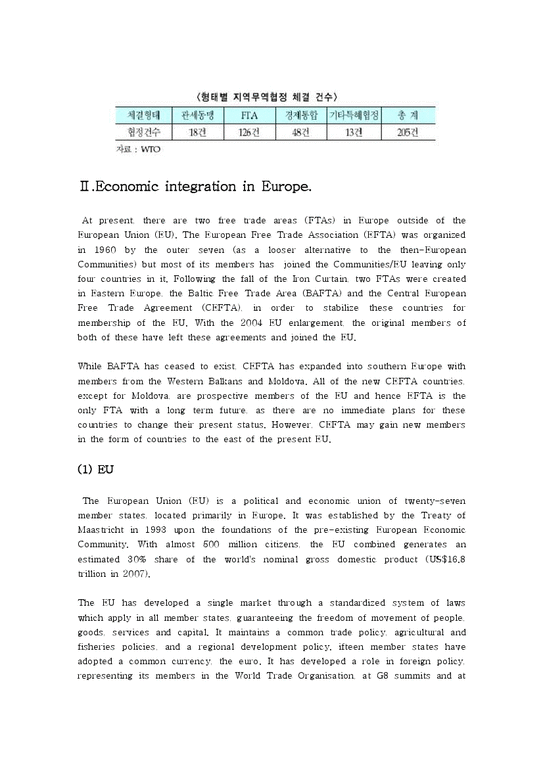 4
4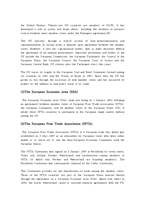 5
5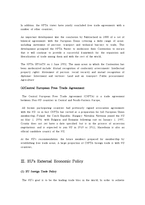 6
6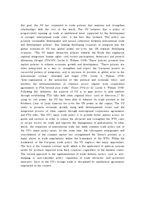 7
7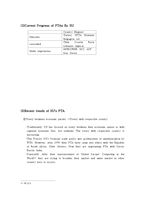 8
8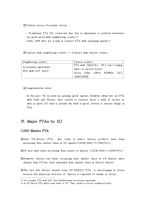 9
9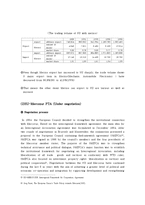 10
10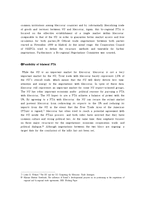 11
11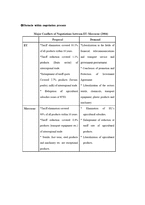 12
12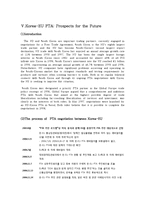 13
13 14
14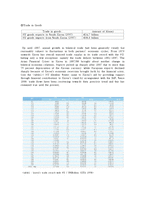 15
15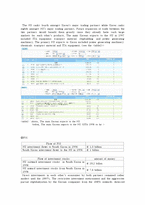 16
16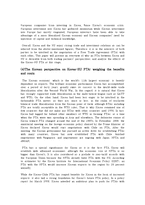 17
17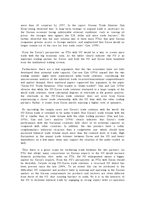 18
18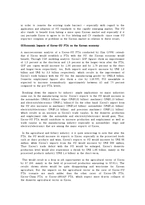 19
19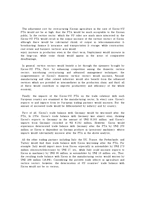 20
20
추천 연관자료
- 목차
-
Ⅰ. FTA(Free Trade Area)
(1)The Definition of FTA
(2)The aim of FTA
(3) Recent trend of RTA; FTA
Ⅱ.Economic integration in Europe.
(1) EU
(2)The European Economic Area (EEA)
(3)The European Free Trade Association (EFTA)
(4)Central European Free Trade Agreement
Ⅲ. EU's External Economic Policy
(1) EU foreign Trade Policy
(2)Current Progress of FTAs By EU
(3)Recent trends of EU's FTA
①Treaty between economic parties →Treaty with respective country
②Political reason→Economic reason
③Contract with neighboring country → Contract with various country
④Comprehensive treaty
Ⅳ. Major FTAs by EU
(1)EU-Mexico FTA
(2)EU-Mercosur FTA (Under negotiation)
◎ Negotiation process
◎Possibility of bilateral FTA
◎Obstacle within negotiation process
Ⅴ.Korea-EU FTA: Prospects for the Future
(1)introduction
(2)The process of FTA negotiation between Korea-EU
(3)An Overview of the Economic Relationship between Korea and the EU
◎Trade in Goods
◎FDI
(4)The Korean perspective on Korea-EU FTA: weighing the benefits and costs
(5)Economic Impacts of Korea-EU FTA on the Korean economy
Ⅵ. Concluding Remarks
- 본문내용
-
Ⅰ. FTA(Free Trade Area)
(1)The Definition of FTA
Free Trade Area is a designated group of countries that have agreed to eliminate tariffs, quotas and preferences on most (if not all) goods between them.
It can be considered the second stage of economic integration. the stage of economic integration
Economic integration is a term used to describe how different aspects between economies are integrated. The basics of this theory were written by the Hungarian Economist Béla Balassa in the 1960s. The degree of economic integration can be categorized into six stages
Preferential trading area
A Preferential Trade Area is a trading bloc which gives preferential access to certain products from certain countries. This is done by reducing tariffs, but does not abolish them completely
Free trade area
Explain above
Customs union
A customs union is a free trade area with a common external tariff
Common market
A common market is a customs union with common policies on product regulation, and freedom of movement of all the three factors of production (land, capital and labour) and of enterprise.
Economic and monetary union
An economic and monetary union is a single market with a common currency
Complete economic integration
Complete economic integration is the final stage of economic integration. After complete economic integration, the integrated units have no or negligible control of economic policy, including full monetary union and complete or near-complete fiscal policy harmonisation.
Countries choose this kind of economic integration form if their economical structures are complementary. If they are competitive, they will choose customs union.
Unlike a customs union, members of a free trade area do not have the same policies with respect to non-members, meaning different quotas and customs. To avoid evasion (through re-exportation) the countries use the system of certification of origin most commonly called rules of origin, where there is a requirement for the minimum extent of local material inputs and local transformations adding value to the goods. Goods that don't cover these minimum requirements are not entitled for the special treatment envisioned in the free trade area provisions.
Cumulation is the relationship between different FTAs regarding the rules of origin — sometimes different FTAs supplement each other, in other cases there is no cross-cumulation between the FTAs.
A free trade area is a result of a free trade agreement (a form of trade pact) between two or more countries. If some countries sign agreement to form free trade area and choose to negotiate together (either as a trade bloc or as a forum of individual members of their FTA) another free trade agreement with some external country (or countries) — then the new FTA will consist of the old FTA plus the new country (or countries).
Within an industrialized country there are usually few if any significant barriers to the easy exchange of goods and services between parts of that country. For example, there are usually no trade tariffs or import quotas; there are usually no delays as goods pass from one part of the country to another (other than those that distance imposes); there are usually no differences of taxation and regulation. Between countries, on the other hand many of these barriers which ease exchange of goods often do occur. It is commonplace for there to be import duties of one kind or another (as goods enter a country) and the levels of sales tax and regulation often vary by country.
(2)The aim of FTA
The aim of a free trade area is to so reduce barriers to easy exchange that trade can grow as a result of specialization, division of labour, and most importantly via (the theory and practice of) comparative advantage. The theory of comparative advantage argues that in an unrestricted marketplace (in equilibrium) each source of production will tend to specialize in that activity where it has comparative (rather than absolute) advantage. The theory argues that the net result will be an increase in income and ultimately wealth and well-being for everyone in the free trade area. However the theory refers only to aggregate wealth and says nothing about the distribution of wealth. In fact there may be significant losers, in particular among the recently protected industries with a comparative disadvantage. The proponent of free trade can, however, retort that the gains of the gainers exceed the losses of the losers.
자료평가
-
아직 평가한 내용이 없습니다.










